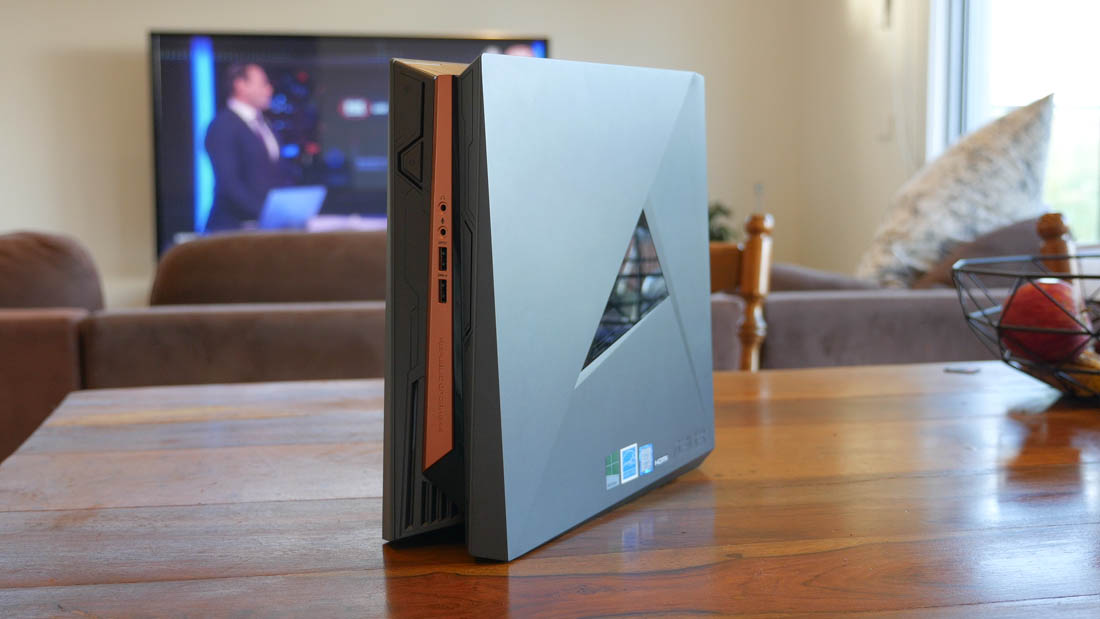Mini gaming PCs review
Mini gaming PCs haven’t been as popular as Valve would have liked – their Steam Machines platform launched and died faster than a North Korean missile – but they’re still kicking around as a niche option for those who want something compact and pre-built. The Asus ROG GR8 II, which I’ve been putting through its paces in the last week, is one such example.
The GR8 II is designed for those who want a compact gaming system for a desk or living room, but would rather something more powerful than an Xbox One or PlayStation 4. This system is similar in size to current-generation consoles, however its use of high-end Intel Kaby Lake processors and Nvidia GeForce GTX 1060 graphics leads to a much faster experience.
This extra performance does come at a price: a GR8 II plus controller will set you back at least $1,000, whereas you can currently purchase a PlayStation 4 Pro for just $400. Asus does claim the GR8 II is “VR-ready” for premium headsets like the Oculus Rift and HTC Vive, though again, this is a much more expensive setup than Sony’s PlayStation VR.
Let’s talk about size to begin with. The GR8 II occupies 7.4 litres of space, with four litres of internal space. This makes it slightly larger than the PlayStation 4 Pro (5.3 litres), and larger again compared to the Xbox One S (4.3 litres). The GR8 II’s angular design means its physical body doesn’t quite occupy a full 7.4 litres, but it’s still notably larger than current console offerings.
Make no mistake: the GR8 II has a decidedly ‘gamer style’ design, which appeals only to a certain crowd. Most other mini PCs and game consoles go for a more understated design that coheres better with other living room devices, but Asus has decided that crazy angles and weird patterns are best for their offering. Unless you have a ton of sci-fi style equipment or just like this gamer aesthetic, there’s a good chance the GR8 II will look out of place wherever you position it.
To my eyes, the GR8 II is remarkably ugly. It’s no different to most of Asus’ other ROG gear: confusing lines, aggressive angles and cluttered design elements. The grey color scheme with dark copper highlights is perhaps the best aspect to this design, though it doesn’t redeem an otherwise unattractive chassis.

Commentaires
Enregistrer un commentaire